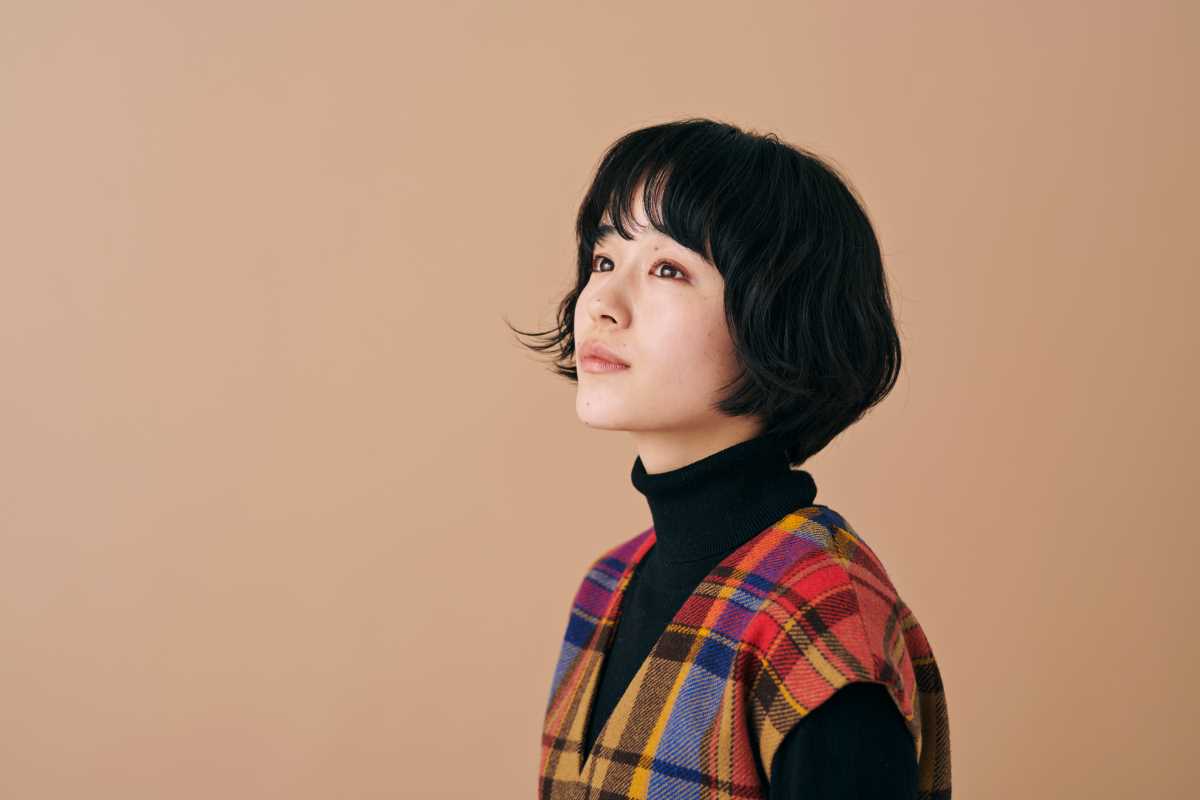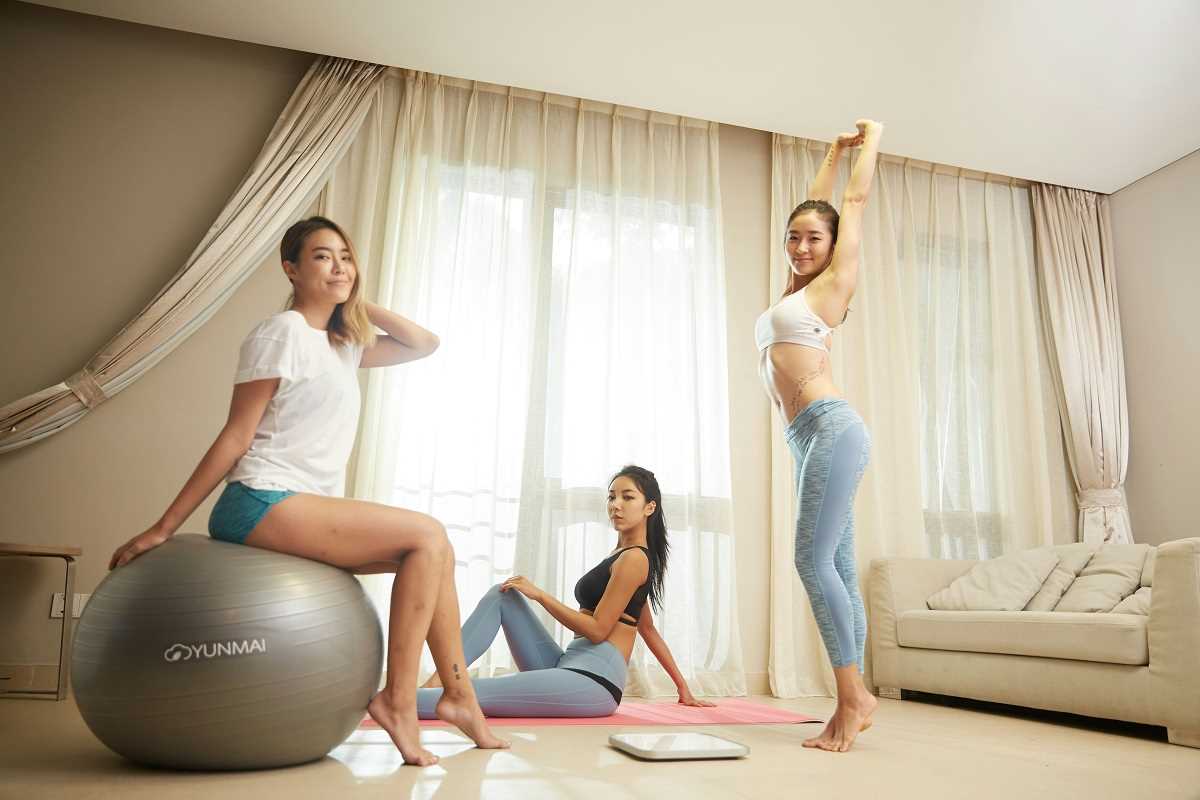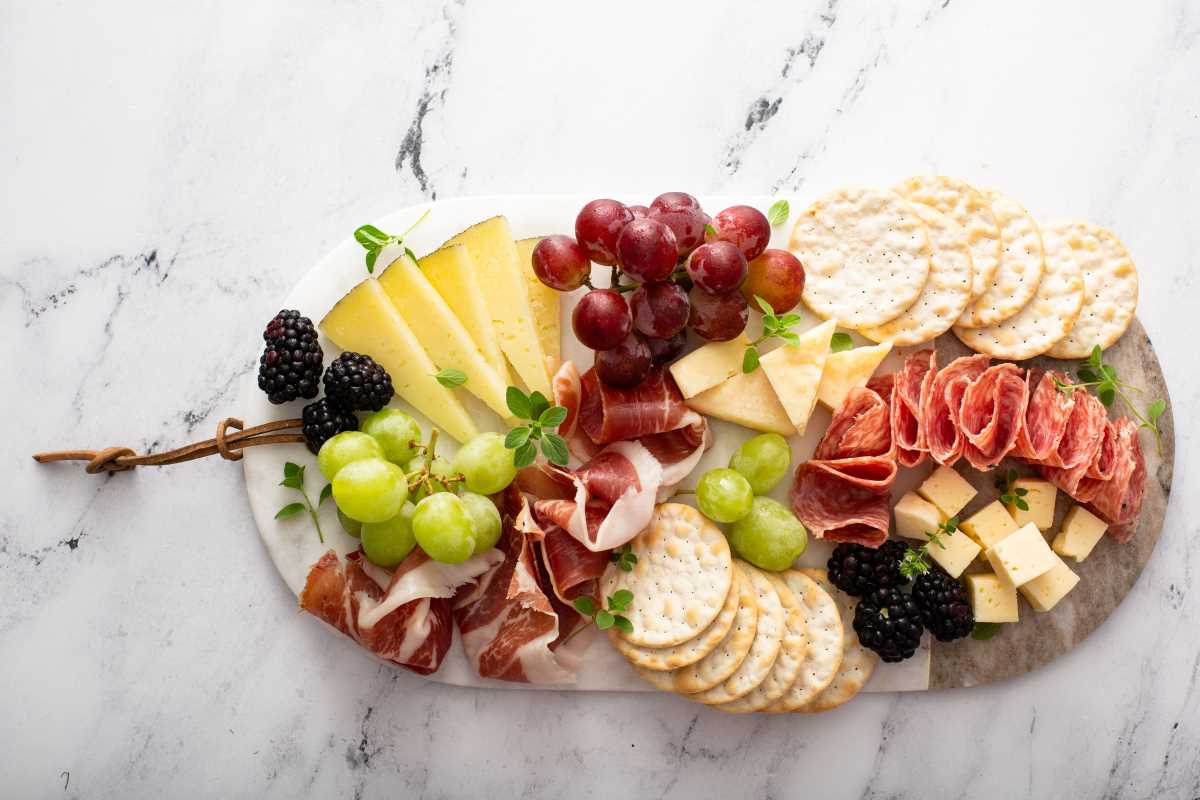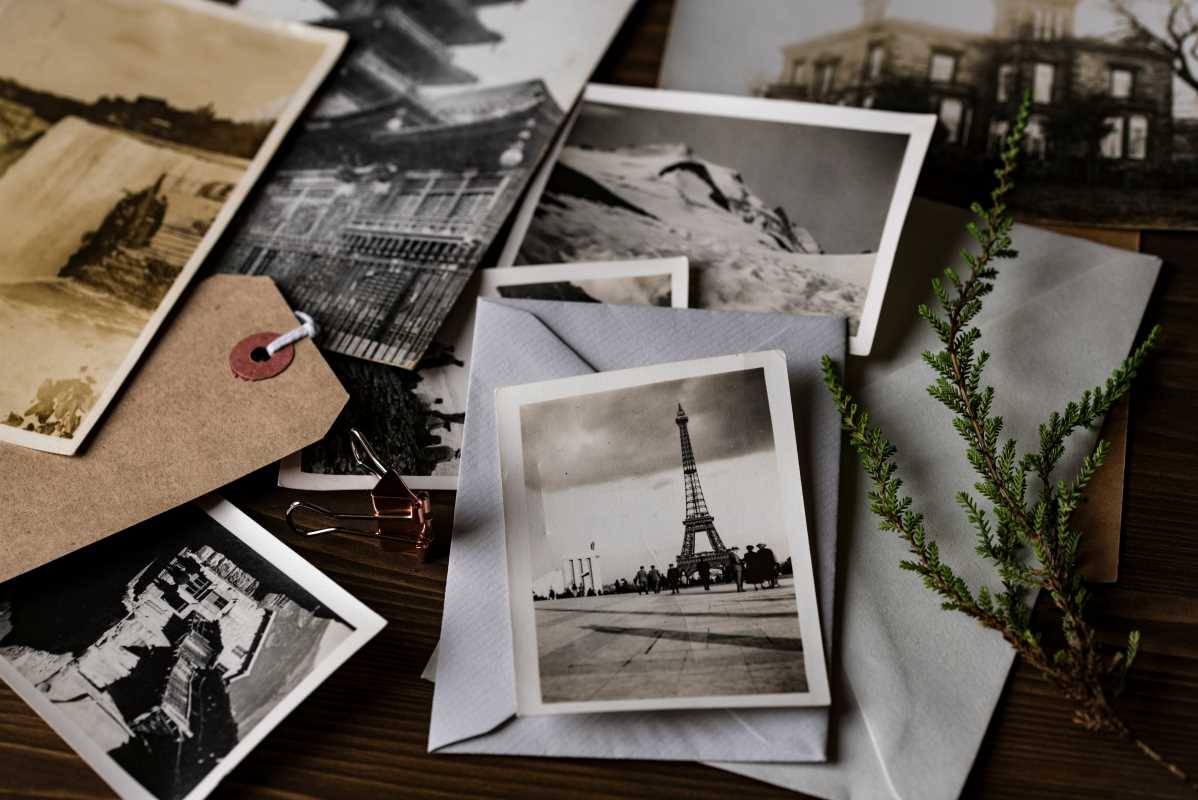Have you ever noticed how creativity seems to spill over from one realm into another? That the bold patterns you see on the runway might mirror the artwork hanging in a gallery, or the color schemes in your favorite boutique hotel may feel reminiscent of your favorite Instagram-worthy art museum? This isn’t a coincidence. Fashion, interior design, and art are deeply interconnected, inspiring and influencing one another in a beautifully orchestrated creative dance that spans centuries.
Understanding the relationship between these artistic fields not only gives you greater insight into creative history, but it opens doors for fresh ideas in your own work—whether you're curating an aesthetic Instagram feed, designing a product line, or styling an apartment for maximum chic-appeal.
Art Movements as Cultural Catalysts
Art movements are like cultural timestamps, reflecting the politics, philosophies, and sentiments of a specific era. Think of them as the spark that sets creativity ablaze. What's fascinating is how these movements don’t stay confined to the art world—they often ripple out into fashion and interior design, pushing boundaries and encouraging reinvention.
Take Impressionism, for instance. This 19th-century art movement, characterized by soft, dreamy brushstrokes, vivid colors, and everyday subject matter, deeply influenced its time. The romantic notions of Impressionism translated to flowing dresses with floral prints and light pastel palettes, while interior spaces embraced large windows, airy layouts, and delicate details to mimic the movement’s softness. Quite literally, life imitated art.
Similarly, the bold abstraction and geometric shapes of Cubism, as championed by Pablo Picasso, inspired striking Art Deco interiors and clothing during the early 20th century. The use of strong lines, metallic finishes, and vivid contrast became a hallmark of luxury and modernity. Even today, we see echoes of Cubism in contemporary architecture and streetwear.
Fashion's Love Affair with Art
Fashion designers are undoubtedly artists in their own right, but they have historically turned to traditional art for inspiration. Whether it’s a nod to a historic art movement or a literal reproduction of famous work, the infusion of art into fashion reinvents both mediums in unexpected ways.
For example, Elsa Schiaparelli, the surrealist pioneer of fashion, frequently collaborated with Salvador Dalí to transform his artistic visions into wearable reality. One iconic piece, the Lobster Dress, directly incorporated Dalí’s surrealism, blending whimsy and provocation into high fashion. This cemented the idea that art could live beyond a canvas and challenged the definition of where art ends and fashion begins.
More recently, luxury brands like Christian Dior, Louis Vuitton, and Gucci have worked with contemporary artists or paid homage to classics. Who can forget Dolce & Gabbana’s Fall 2015 collection heavily inspired by Byzantine mosaics? The opulent patterns transformed fabrics into wearable renditions of religious and historical art.
This intertwining of art and fashion isn’t just limited to couture. Streetwear brands like Supreme have embraced collaborations with visual artists like Damien Hirst and Jean-Michel Basquiat, making art far more accessible and visible to younger generations. Wearing art, in essence, becomes a personal statement—a nod to cultural awareness.
Art as a Color Palette Narrative
Color is often the most direct bridge between art movements and fashion. Consider Minimalism, an aesthetic movement that stripped away ornamentation in favor of clean lines and neutral tones. Minimalism’s influence on fashion is impossible to miss—you’ll see monochromatic outfits in black, white, or beige; sleek silhouettes; and an overwhelming celebration of simplicity.
On the flip side, movements like Pop Art, championed by Andy Warhol, brought a burst of energy and rebelliousness to fashion. Vibrant yellows, ketchup-reds, and punchy pinks flooded wardrobes, equally influencing bold editorial layouts and the rise of playful consumer packaging aesthetics seen today.
Interior Design as a Visual Playground
Where fashion can be fleeting, interior design offers a more permanent reflection of an art movement's legacy. After all, homes, offices, and public buildings are where people interact with art trends on a daily basis, even subconsciously.
For instance, the Bauhaus movement, founded in the 1910s in Germany, introduced the "form follows function" maxim to furniture and building design. Bauhaus design emphasized clean lines, practicality, and accessible materials, which carried directly into mid-century modern interiors still adored today.
What’s fascinating is how art movements adapt to modern tastes in interior spaces. Take Abstract Expressionism—a mid-century art movement defined by bold, dramatic strokes and emotional intensity. Its unstructured energy influenced the rise of maximalist interiors seen in the 1980s and today’s "grandmillennial" aesthetic. Think abstract patterned upholstery, vivid drapery, and statement rugs that add emotional depth to a space.
Fast forward to digital art—an increasingly important medium over the last two decades. The playful, neon-drenched artwork of the Vaporwave aesthetic has infiltrated modern interiors, with LED lights, retro synthesizer vibes, and geometric furniture becoming hyper-pop nostalgia. The rise of NFTs (non-fungible tokens), too, is transcending virtual spaces and influencing physical decor, as collectors look to digital art for limited-edition wall prints or even video installations.
Symbiosis in Our Times
What makes this ongoing relationship between art, fashion, and interior design so captivating is its ability to evolve based on cultural shifts today. For example, the sustainability movement has sparked an aesthetic shift across all three areas. There’s a growing preference for timeless, earthy tones and organic materials—think fashion collections inspired by nature prints or interiors that favor reclaimed wood and vintage finds. Artistic movements focused on environmentalism, like eco-art, further push this narrative forward through thought-provoking installations and practical design solutions.
Meanwhile, the global enthusiasm for individuality and self-expression has catalyzed a return to eclectic aesthetics. Whether it’s through clashing patterns on clothing or impeccably mismatched furniture arrangements, we see how decades of art and design influences are being reinterpreted for hyper-personalized modern tastes.
How Influencers and Creatives Can Channel This Creative Energy
If you’re someone in the creative space—a lifestyle influencer, an artist, or a designer—understanding this synergy between art, fashion, and interior design is more than just academic. It's an incredible toolbox for building your own aesthetic and standing out in your space.
- For lifestyle influencers: Consider how curating your wardrobe, home workspace, or Instagram feed can visually reflect a mix of art movements. Remember, your audience loves stories—letting them in on why a certain Bauhaus-inspired piece or Pop Art color palette resonates with you will only enhance engagement.
- For fashion designers: Explore the expression of timeless art movements through modern fabrics, cuts, and technological innovations. Integrating an artistic backstory into your designs could lead to meaningful collaborations and a more profound connection with buyers.
- For interior designers: The art on the walls is just as important as the furniture itself. Use your knowledge of art storytelling to create layered, inviting spaces that balance functionality with beauty. Clients will appreciate the thoughtfulness of these connections.
Art, fashion, and interior design don’t exist in silos—they’re an ongoing conversation, borrowing from and building upon one another in amazing, unpredictable ways. Trends fade and return, but their cultural foundations endure. The Impressionist gardens reimagined in boutique interiors, the Pop Art color schemes that reinvigorate contemporary sneakers, or the Bauhaus modular furniture underpinning multifunctional tiny apartments—all speak to a shared human desire to create something beautiful and meaningful.
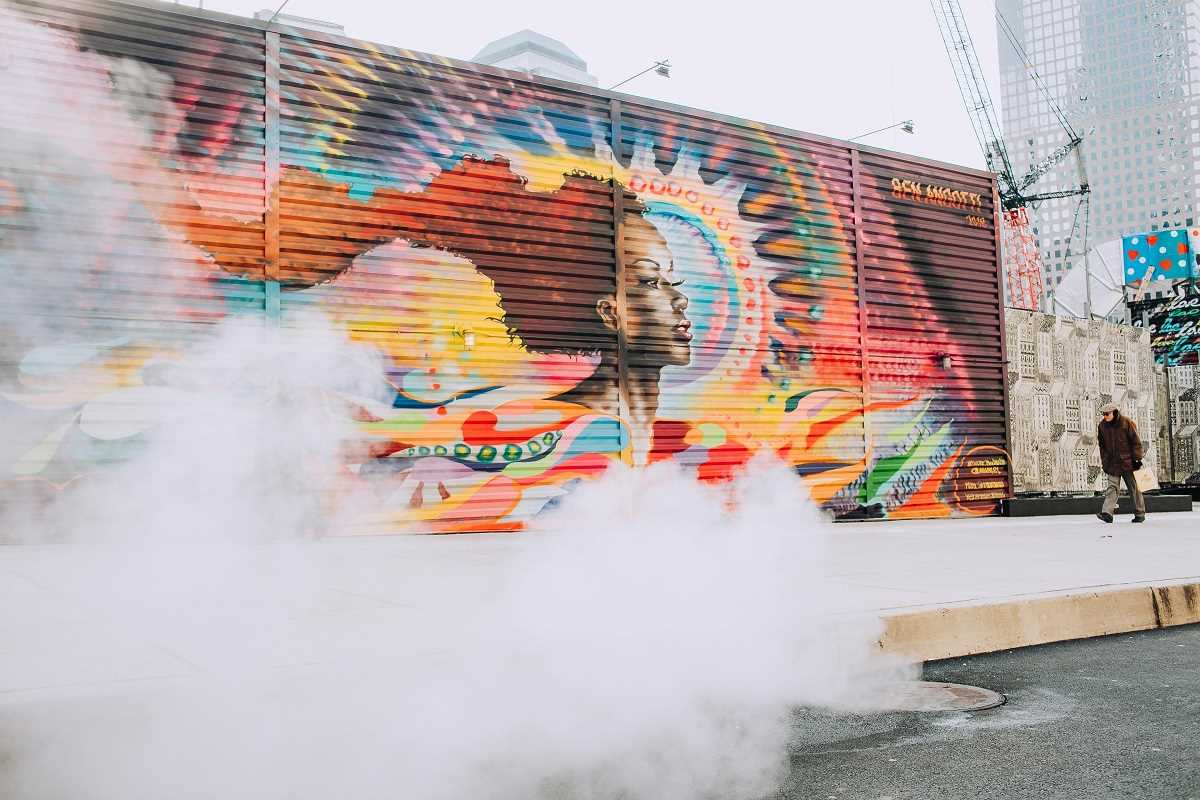 (Image via
(Image via
